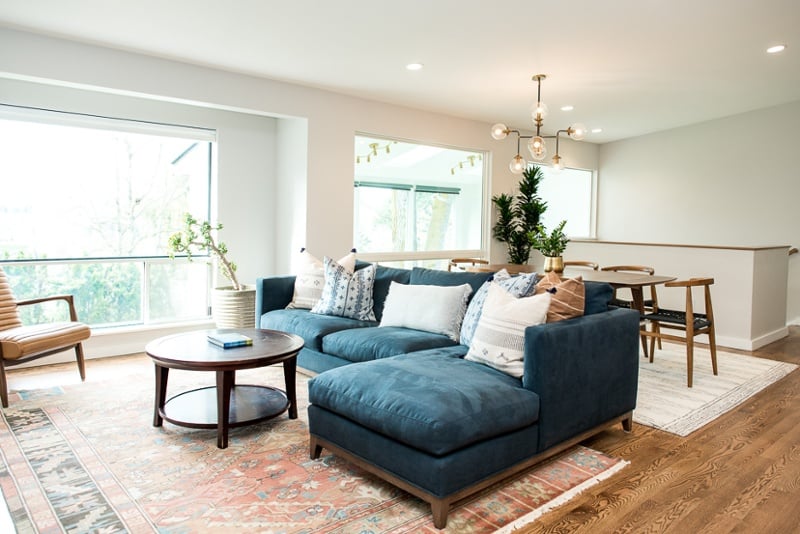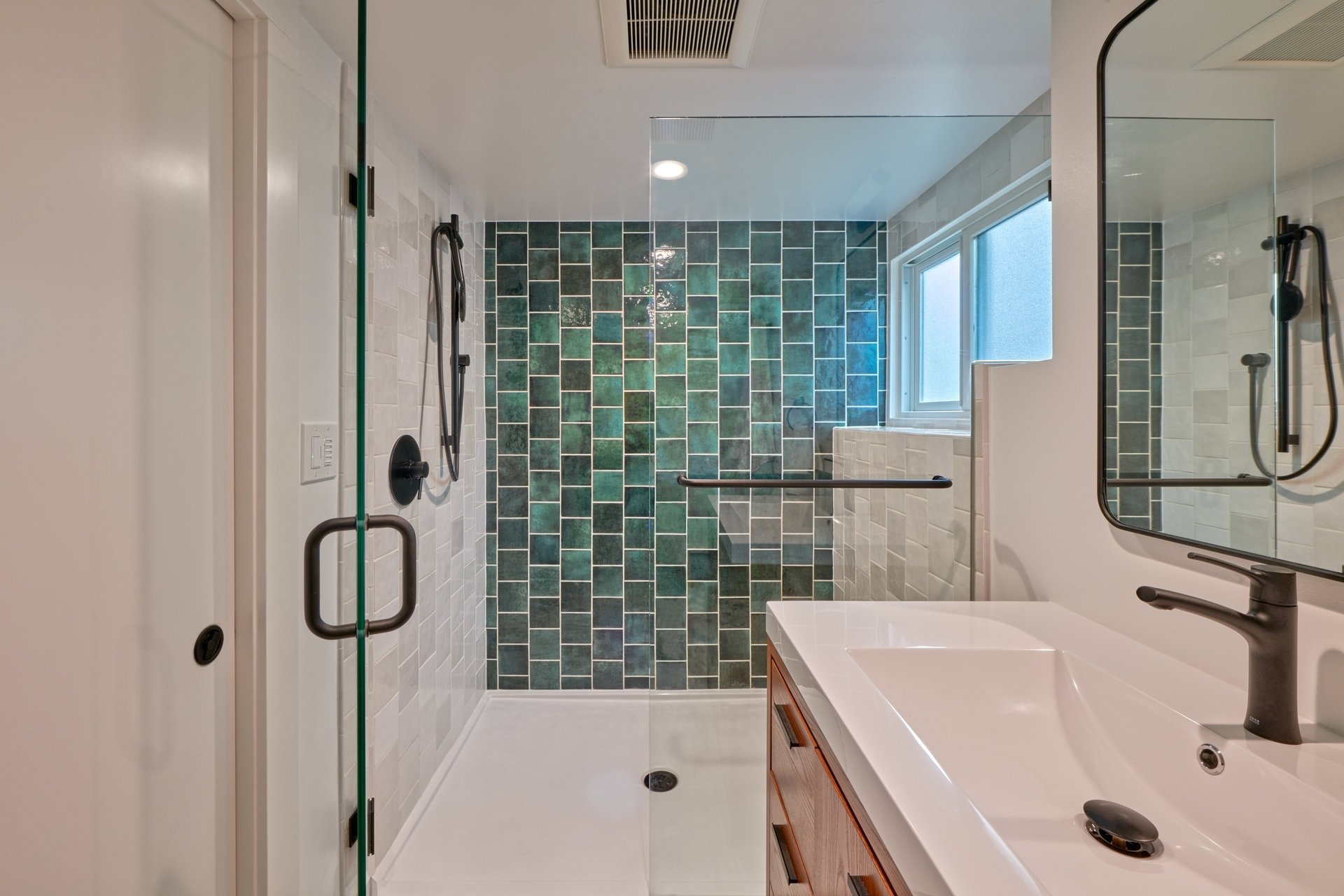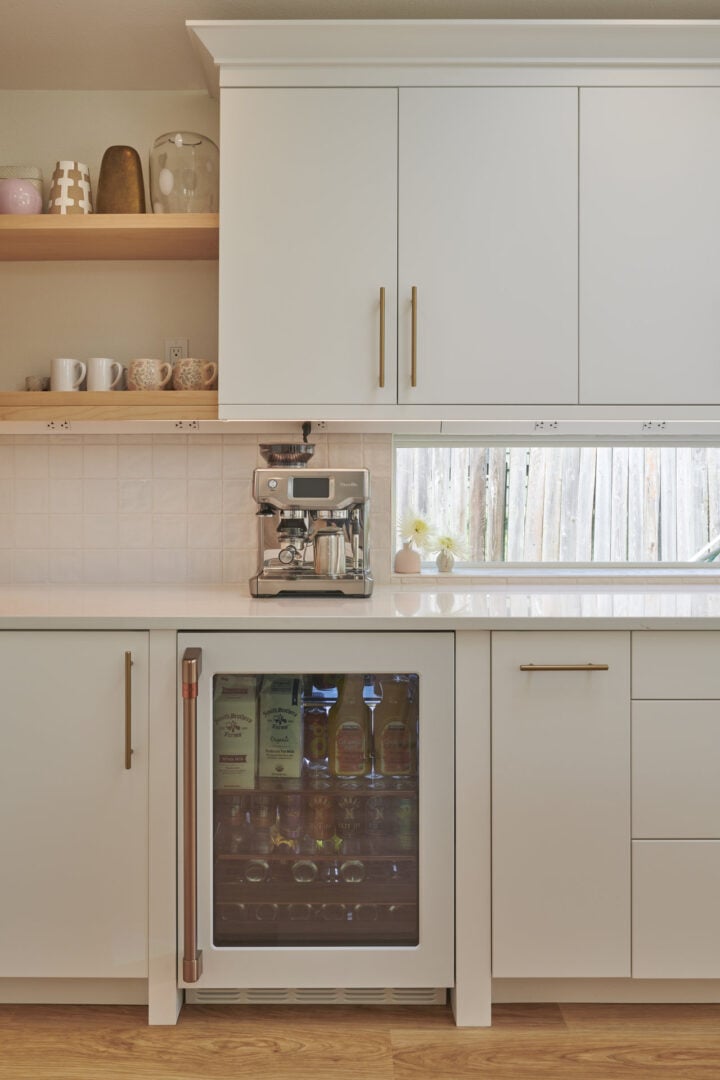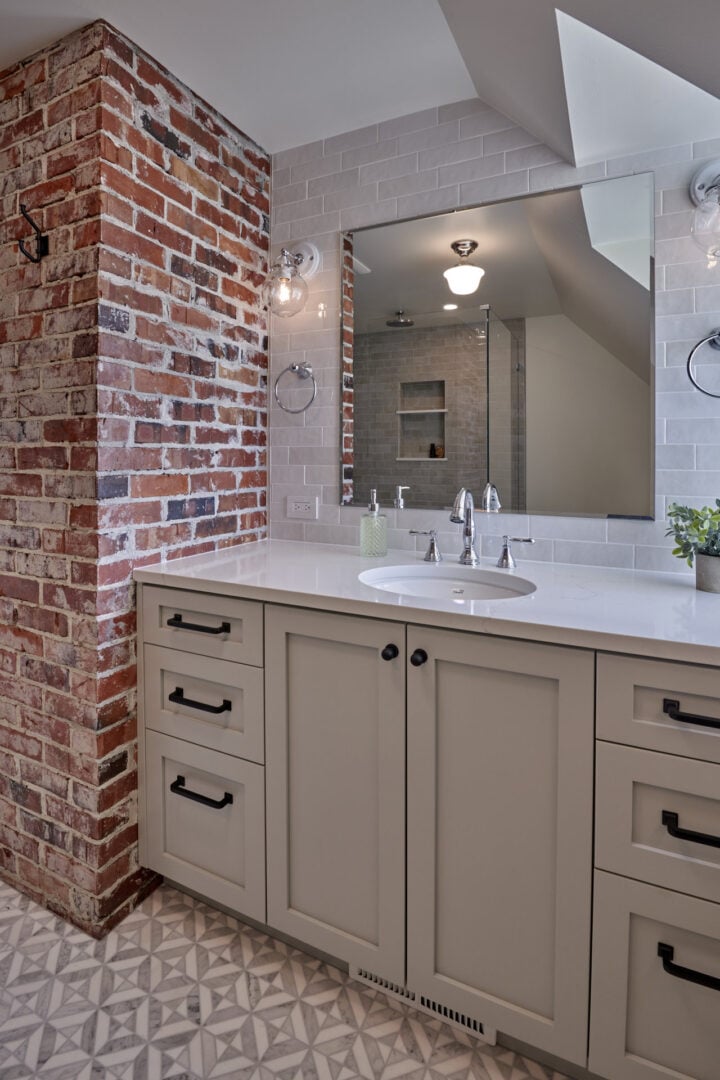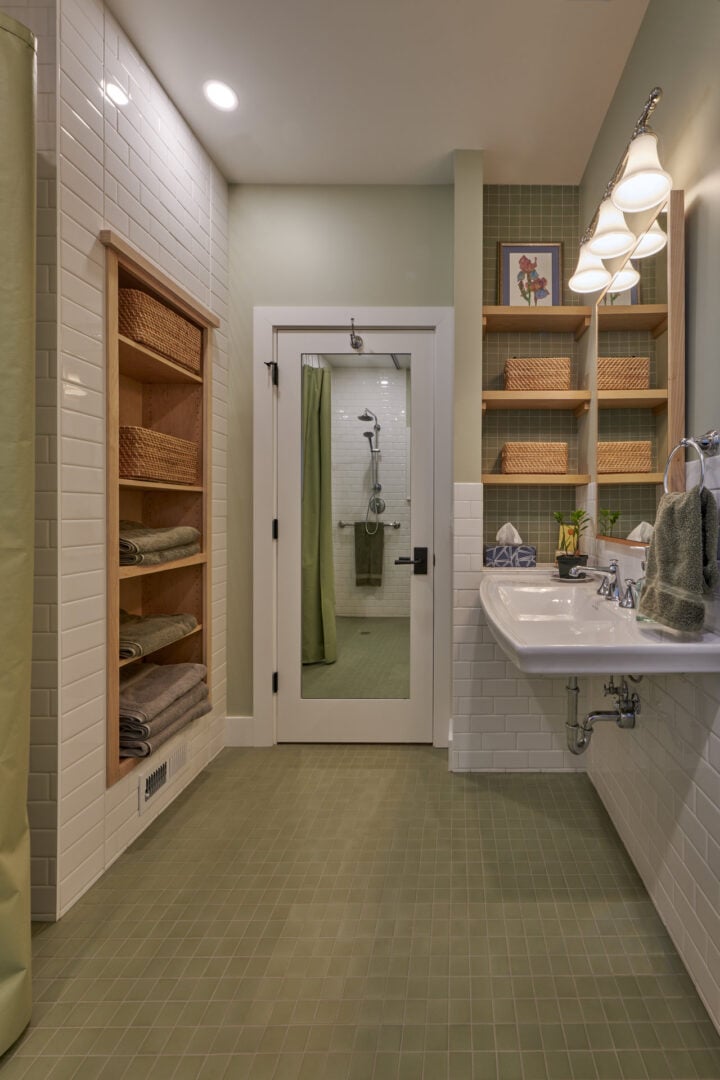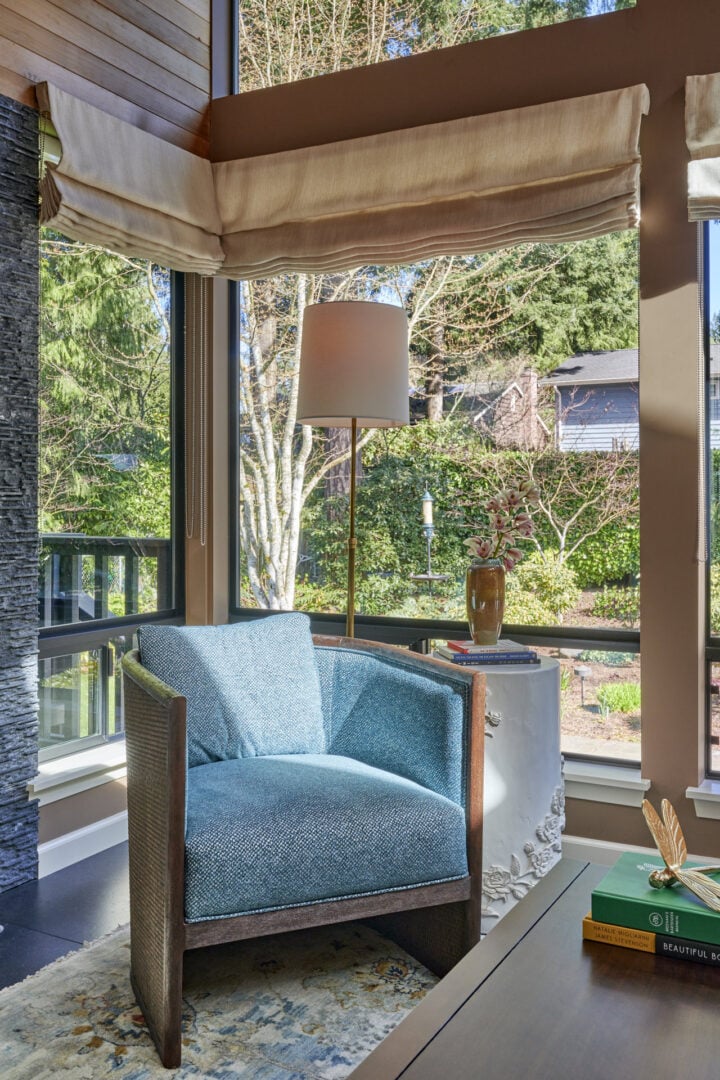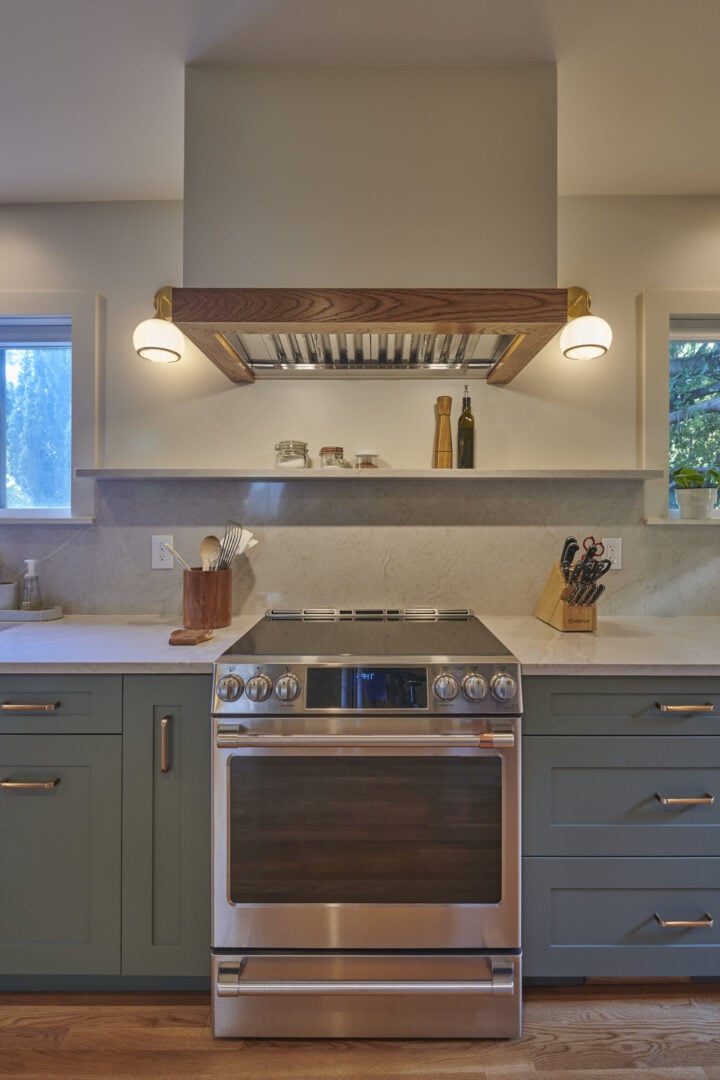Open floor designs consist of a single space acting as multiple rooms. This approach offers a larger feel, allows easy access, and gives more natural lighting to your living room and dining space. It is no wonder that this layout is trending. Over the years, I have discovered that decorating and furnishing an open floor plan is not the same as furnishing conventional spaces.
Decorating a large open space can be harder than it seems
You may think it should be simpler to decorate one large open floor plan rather than several smaller rooms, but that’s usually not the case. This is because you are blending what would be different rooms into one large area with no walls. The furniture and finishes in each space must complement each other and flow together, which isn’t as true for traditional layouts. More importantly, you have to delve much deeper into space planning. You must ensure that people can move around the space efficiently and naturally.
Begin with my tips and then check out some examples to get you inspired.
1. Start with space planning
The first and maybe most important of my tips and ideas. Furnishing an open floor plan means you need to have a plan in place. If not, each of the areas might look like a messy jumble. My advice to clients is to create a designated zone for each function. You’ll need to map out each distinct area, including the kitchen, living area, and any other spaces such as a foyer. Some of your planning will be done for you. After all, it’s clear what space your kitchen occupies. However, when it comes to your dining and living areas, your home may present no clear boundaries. It’s up to you to create them.
Open floor design planning tips
- Before you purchase any furniture, determine how big each zone is.
- Don’t just use your existing furniture or pick out furniture at random and try to fit it all in your great room.
- Choose furniture to fit within the zones you have mapped out.
- Avoid placing furniture right up against the walls. Give your layout space to breathe!
How can I ensure good flow in an open floor plan?
- Use pencil and paper or an online tool to draw a simple floorplan.
- Use masking tape to fill your room with imaginary furniture.
- Pay special attention to leaving sufficient space for people to walk between areas. I recommend aisles of at least 3 feet, with 4 feet being even more comfortable.
- A big challenge is circulation. Try to avoid floor plans that have the foot path cutting through the sitting area.
- If you get stuck, enlist the help of a professional interior designer. Even a short consultation may help you avoid costly errors and years of annoyance navigating a layout with poor ergonomics.
See also: The One Thing You Need to Know About Great Kitchen Design
2. Plan for storage
Almost as important as space planning is planning for storage needs. Look for living room storage options like opening ottomans, a sofa with hidden storage, and built-in cabinets or shelving. You’ll want to take advantage of the limited walls you have since an expansive living space will ideally have just four walls. A large sofa with hidden storage is perfect for holding blankets, holiday décor, or board games. You can store extra dishes and bar items in a hutch placed in the living and dining areas.
